Connect with Range & Pasture:
Top Weed Problems

Get control tips for Canada thistle and other troublesome pasture weeds.
Get control tips for Canada thistle and other troublesome pasture weeds.
From Absinth wormwood to Zanthoxylum fagara (lime pricklyash) and everywhere in between, different weeds wreak varying levels of havoc on pastures around the country. We surveyed Corteva Agriscience Range & Pasture Specialists to learn more about the most troublesome weeds. Check out these most wanted to see if your weed nemesis made the list.
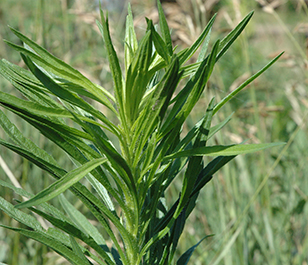
#1 Horseweed/Marestail
Horseweed, also known as marestail, is a tall-growing winter or summer annual. Its stem usually has short bristly white hairs with many alternate and lance-shaped leaves. It blooms June to August with numerous tiny, inconspicuous flowers.
Treatment: Apply 12 to 16 fluid ounces of DuraCor® herbicide per acre or 1.5 to 2.1 pints of GrazonNext® HL herbicide per acre.
#2 Common Cocklebur
Common cocklebur has a taproot, is annual and bushy and reaches 2 to 4 feet tall. The leaves are alternate, triangular, toothed or lobed and rough. In each oval bur, two female flowers are enclosed while male flowers are in clusters on short stalks.
Treatment: Apply 12 to 16 fluid ounces of DuraCor herbicide per acre. Where a nonresidual option is preferred, apply 1 to 1.5 pints of PastureGard® HL herbicide per acre. Use the lower rate in the rate range when weeds are small and actively growing. Increase rate as season progresses and plants become more mature.
#3 Common/Giant Ragweed
Common/giant ragweed is an erect, branching summer annual. It reaches 1 to 4 feet tall and has many lobed leaves. The weed flowers in late summer, producing large amounts of wind-dispersed pollen.
Treatment: Apply 12 to 16 fluid ounces of DuraCor or 1.2 to 1.5 pints of GrazonNext HL per acre. Use lower rates when weeds are small and actively growing. Increase rates as season progresses and plants become more mature.
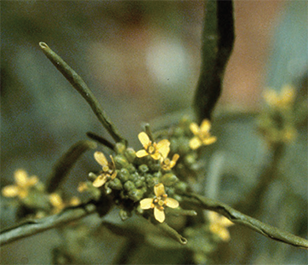
#4 Wild Mustard
Wild mustard is a winter annual or biennial that emerges in the fall. The lower egg-shaped leaves occur as a rosette in the fall. As the stem elongates in the spring, the upper leaves become progressively smaller. The telltale yellow flowers emerge in the early spring.
Treatment: Apply 1.5 to 2 ounces of Chaparral™ herbicide per acre or a combination of 16 fluid ounces of DuraCor plus 16 ounces of PastureGard HL herbicide per acre when plants are in the rosette stage (fall to early spring).
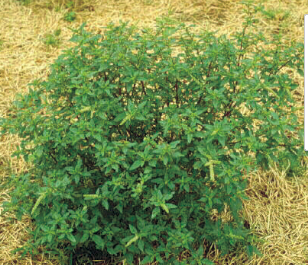
#5 Spiny Amaranth/Pigweed
Spiny amaranth — or pigweed — has erect stems that are rough and textured. The weed grows up to 6 feet tall. Leaves alternate on long stems and are dull green in color. Small green flowers are in dense spikes at stem tips and upper leaf axils. Each flower is surrounded by three shiny bracts, and seeds are small, shiny and black.
Treatment: Apply 12 to 16 fluid ounces of DuraCor per acre. Use lower rates when weeds are small and actively growing. Increase rate as the season progresses and plants become more mature.
#1 Bull, Musk and Plumeless Thistle (biennials)
Bull Thistle: This erect, 2- to 5-foottall weed has many spreading branches and spiny wings from leaves. Rosette forms first year; flowering stem elongates second year. Leaves have short prickles on the surface and are cottony below. Flowers are dark purple and somewhat clustered.
Musk Thistle: This erect, freely branching weed reaches up to 7 feet tall. Leaves are dark green with light midrib and hairless on both sides, with long, sharp spines. Flowers are deep rose to purple, up to 3 inches in diameter.
Plumeless Thistle: This branching plant has spiny wings that extend up to flowers. Stems grow 1 to 4 feet tall. Rarely flowers the first year; when it flowers, the blooms are purple to pink, 1 to 2 inches in diameter, and solitary or in clusters of two to five. Bracts are sparsely to densely hairy.
Treatment: Apply 16 to 20 fluid ounces of DuraCor® herbicide per acre or 1.2 to 1.5 pints of GrazonNext® HL herbicide per acre during the rosette stage early in the season. Fall to early winter applications can be made to rosettes prior to the first hard frost.
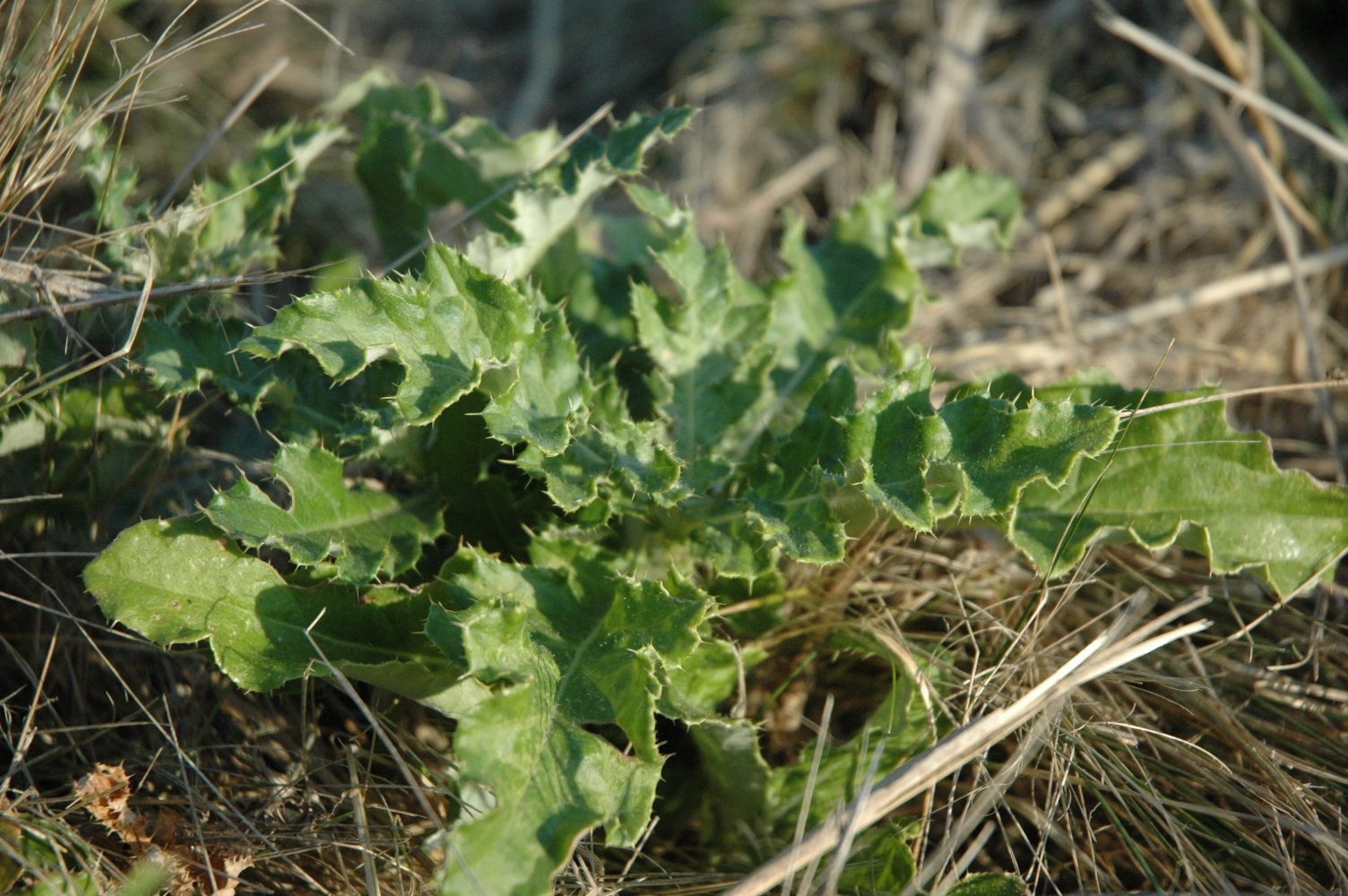
#2 Canada Thistle (perennial)
Canada thistle is erect, up to 4 feet tall, with tremendous leaf variability. Leaves vary from light to dark green and are oblong or lance-shaped, deeply cut, often with spiny-toothed margins, and slightly hairy below. Flowers are small, bristly clusters and light lavender to deep rose purple. Plants are male and female.
Treatment: Apply 16 to 20 fluid ounces of DuraCor per acre or 1.5 to 2.1 pints of GrazonNext HL per acre. Apply after the first buds form in late spring. This timing provides the best compromise between Canada thistle emergence and stage of growth of older plants. Fall to early winter applications of DuraCor can be made prior to the first hard frost.
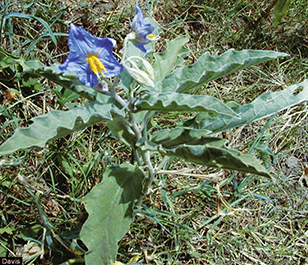
#3 Silverleaf Nightshade
Silverleaf nightshade has foliage with gray or silvery appearance with violet, light blue or white flowers and is 1 to 3 feet tall. Stems are sparsely covered with short, yellow thorns. Leaves and stems have a dense silvery covering of hair.
Treatment: Apply 12 to 16 fluid ounces of DuraCor per acre or 1.5 to 2.1 pints of GrazonNext HL per acre during bloom. Use higher rate in range when flowering or when weeds are larger. Re-treatment is necessary for total control.
#4 Tall & Western Ironweed
Tall and western ironweed are lumpforming perennial herbs with erect stems 2 to 4 feet tall and reproduce by rhizomes and seed. Long, lance-shaped leaves are sharply toothed with short hairs on the lower surface. Reddish purple flowers are arranged along slender branches at top of plant.
Treatment: Apply 12 to 16 fluid ounces of DuraCor herbicide per acre before flowering, during vegetative stage (starting when plants are about 10 inches in height) prior to bloom. Use higher rate in range when weeds are larger.
#5 Carolina and Western Horsenettle
Carolina and western horsenettle have erect stems, loosely branched and covered with gray hairs, and yellow spines. The weeds grow to 2 feet tall. Leaves are dark green, oval, pointed at tip, and sharply lobed or wavy-toothed. Clusters of white to purple flowers look like tomato flowers. Bloom is May to October when yellow-orange berries form. Berries are poisonous.
Treatment: Apply 12 to 16 fluid ounces of DuraCor per acre or 1.5 to 2.1 pints of GrazonNext HL per acre. Spray when plants begin to flower in the early summer.
Is your # 1 (un)wanted weed and its treatment on the list? If not, find itt in our Range & Pasture Weed ID Guide.
DuraCor® and GrazonNext® HL have no grazing or haying restrictions for any class of livestock, including lactating dairy cows, horses (including lactating mares) and meat animals prior to slaughter. Label precautions apply to forage treated with DuraCor or GrazonNext HL and to manure and urine from animals that have consumed treated forage. Consult the label for full details. DuraCor and GrazonNext are not registered for sale or use in all states. Contact your state pesticide regulatory agency to determine if a product is registered for sale or use in your state. Always read and follow label directions.
Learn about seasonal opportunities, rancher success stories, and management strategies for pastures and rangeland.